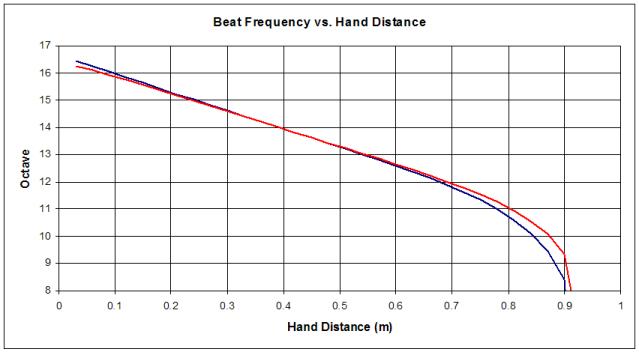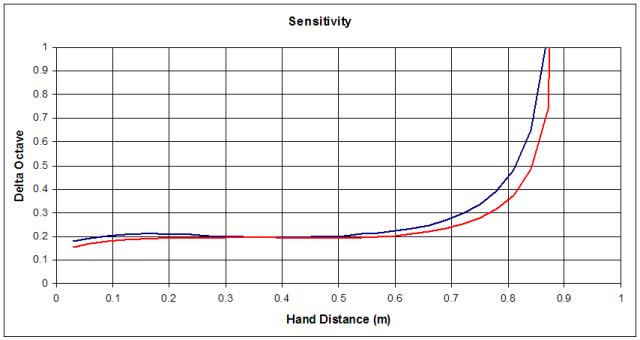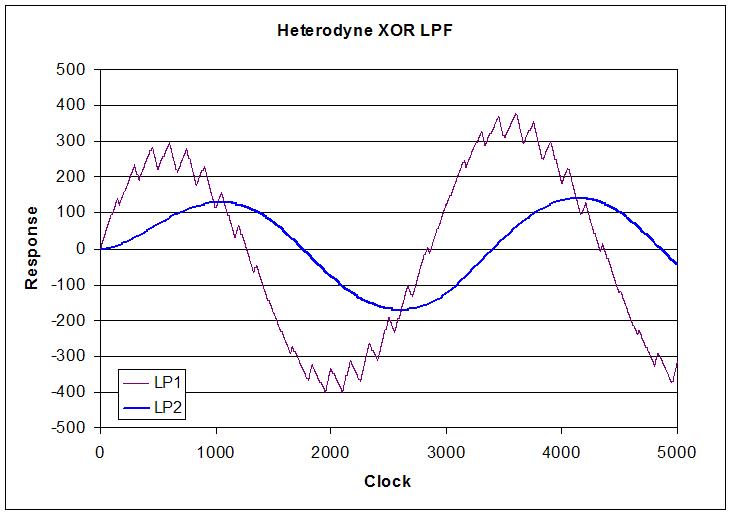Update frequency
-----------------------------------------------------------------------------------------------
Yes, naturally 30 mS is a "minimum" to get good results.
Normally we use 5 mS and an USB exhange rate of 500 Hz (2 mS) but we have tested (with blind tests)
that below around 20 mS no one can appreciate differences.
You are right that in audio 1 mS is audible but this is true regarding waveforms and samples, not on frequency changes.
To be sure we add some margin, and say that a 10 mS (about 100 Hz) is good.
Resolution
-------------------------------------------------------------------------------------------------
How many oscillations of a 330 KHz are in 10 mS? Only 3300.
But not all the 330 KHz can be changed with the hand, a reasonable change is about 10%, 33 KHz of variation.
If we digitalize with a counter, we get a resolution of 33 KHz /100, that means 330 steps only, absolutely not enough to be precise. (10 Hz beats when playing a 3300 Hz note)
It is better to work with a resolution about then times higher, and this is the reason to use our 3 MHz frequency.
Maybe 600 or 800 KHz could be enough, but unfortunately the 550 KHz to 1600 KHz range is the "Medium Waves" band, and the first following range really free of interferences, is from 2 MHz to 3 MHz.
About the inductor
--------------------------------------------------------------------------------------------
We choosed a TDK SMD inductor after testing many inductor of any dimension, also DIY and also the very large inductors suggested from the Theremin literature.
The TDK NLV32T-331J-PF (marked 331J on the body) are absolutely better than any other.
Farnell: 1669943
RS: 548-2895
Mouser: 810-NLV32T-331J
About the software
--------------------------------------------------------------------------------------------
All our software is written with Visual Studio 2008 Express - free from Microsoft for any non commercial usage (we are an Open Source and No Profit organization)




